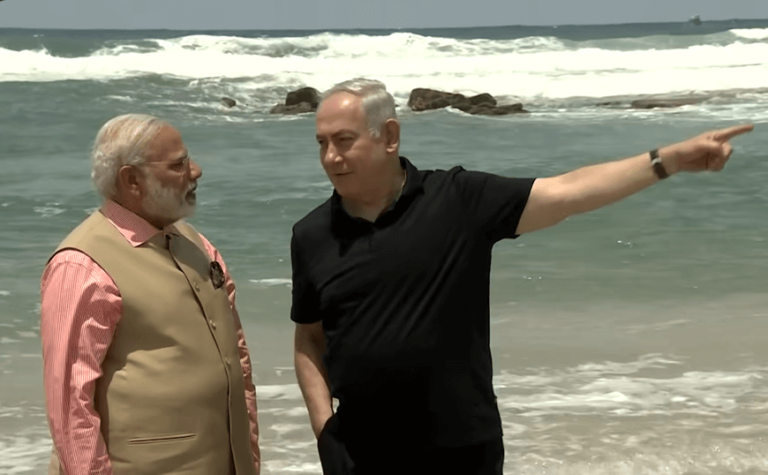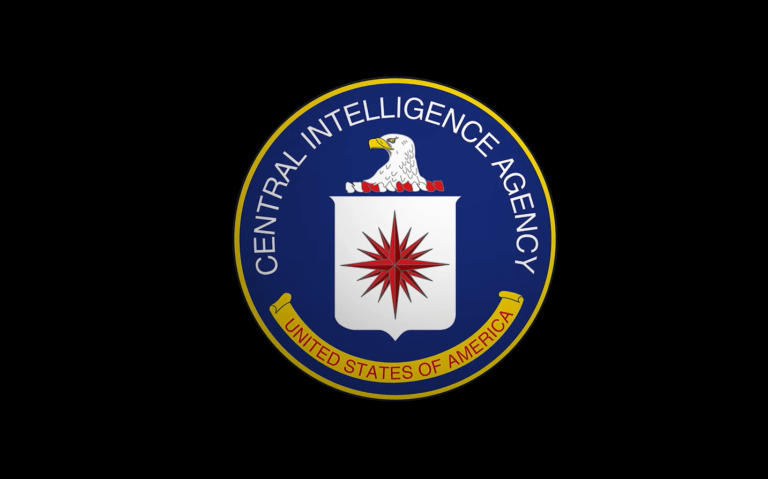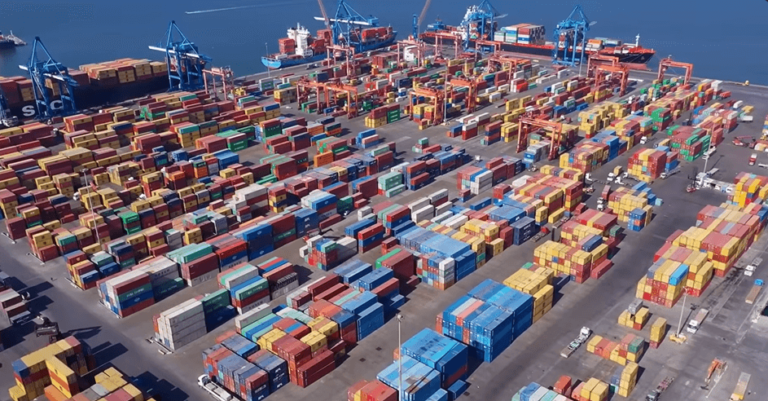In the heart of Eurasia lies a vast region once known more for its historic caravans and ancient scholarship than for its modern statecraft. Today, Central Asia—comprising Kazakhstan, Uzbekistan, Kyrgyzstan, Tajikistan, and Turkmenistan—stands at the center of a geopolitical chessboard, where great powers jostle for influence and infrastructure paves the path of power.
A Historic Pivot of Civilisation
Long before modern borders were etched into maps in the 20th century, Central Asia thrived as a nexus of culture, commerce and innovation. It was a keystone in the famed Silk Road—a lattice of trade routes linking China to Europe via Persia and Arabia. From as early as 2000 BCE, Bronze Age traders traversed its unforgiving terrain: mountain ranges, deserts, and steppe lands. Their journeys transformed silk, spices, and scholarly ideas into precious commodities.
Cities like Bukhara and Samarkand emerged not only as commercial capitals but as intellectual hubs—the Oxfords and Cambridges of the mediaeval Muslim world. Pioneering scientists such as Al-Khwarizmi, the father of algebra, and Avicenna, a titan of mediaeval medicine, were born here, their works rippling across centuries into Renaissance Europe.
Empire, Colonisation, and Soviet Restructuring
The decline of land-based trade routes in the 15th century, spurred by Europe’s maritime explorations, dimmed Central Asia’s global significance. By the 19th century, it had become the stage for the so-called “Great Game”—a strategic power struggle between Tsarist Russia and the British Empire.
Russia’s colonization of Central Asia spanned two centuries. Local resistance was fierce, but by the early 20th century, Russian rule was cemented through militarized governance, economic reorganization, and forced territorial restructuring. Railways snaked across the region. Cotton monoculture took hold. And with the 1917 Russian Revolution, the Soviet Union replaced the Tsarist regime, introducing a new era of radical transformation.
Soviet policies forcibly redrew borders, splitting ethnic communities and creating artificial republics. Sedentarization campaigns destroyed nomadic lifestyles, with devastating famines in Kazakhstan claiming 1.5 million lives. The forced collectivization policies led to the loss of over 90% of Kazakh livestock, reshaping the region’s culture and economy irreversibly.
And perhaps no Soviet project better symbolized the unintended consequences of developmentalism than the catastrophic desiccation of the Aral Sea. Once the world’s fourth-largest lake, it was sacrificed in favor of cotton irrigation via the Karakum Canal. The result: ecological collapse, toxic dust storms, and a haunting, salt-encrusted desert.
The Birth of Nations—And the Burden of Borders
When the Soviet Union collapsed in 1991, five new republics emerged from its Central Asian flank. These borders—initially drawn as Soviet internal lines—suddenly became international frontiers. They cut across communities, families, and farmlands. In some villages, a single street runs half in Uzbekistan and half in Kyrgyzstan.
The newly independent states struggled to define their national identities, grappling with Soviet legacies and the immediate need to construct governance systems from scratch. While the Western media often lumped them together under the pejorative label “The Stans,” these countries are far from monolithic. Their histories, languages, cultures, and politics diverge significantly.
Russia’s Shadow and China’s Ascent
Though independence brought sovereignty, it did not free Central Asia from foreign entanglements. Russia continues to exert political influence across the region, maintaining military bases and leveraging energy dependencies. However, another superpower has steadily filled the economic vacuum: China.
Through its Belt and Road Initiative (BRI), China has invested billions in Central Asian infrastructure—highways, pipelines, and railways—all aimed at reconnecting the continent via modern Silk Roads. When President Xi Jinping chose Kazakhstan in 2013 to unveil the BRI, it signaled the region’s centrality to China’s global ambitions.
Yet, China’s growing footprint is not without controversy. Its treatment of Muslim minorities in Xinjiang (East Turkestan), home to 12 million Uyghurs with deep cultural ties to Central Asia, casts a long shadow over regional diplomacy. Allegations of mass surveillance, forced labor, and re-education camps have drawn international condemnation—though Central Asian leaders tread cautiously to avoid antagonizing Beijing.
The Turkish Connection and Regional Agency
Turkey, often overlooked in broader analyses, has emerged as a cultural and economic bridge to the region. With shared Turkic roots, religious affinities, and language commonalities, Turkey has found fertile ground for influence—from construction and media to education and migration.
Despite these external pulls, Central Asia is not merely a passive pawn in global geopolitics. Each republic has shown varying degrees of agency, selectively engaging with partners while fostering national identity and regional cooperation. Kazakhstan, for instance, has become a nuclear non-proliferation champion. Uzbekistan is liberalising its economy. Kyrgyzstan remains a relatively open society, and Turkmenistan—while authoritarian—is rich in energy reserves.
Rediscovering Central Asia’s Voice
Today, Central Asia stands not only at a literal crossroads but a metaphorical one as well. Will it recapture its historical role as a conduit of culture and commerce between East and West? Or will it remain locked in a cycle of dependency on external powers?
What is clear is this: Central Asia is no longer just a blank spot on the map or a forgotten vestige of Soviet planning. It is a region reasserting itself, not only with an eye on its ancient past but also on a future it increasingly seeks to define on its own terms.
As the world pivots back to Eurasia for trade, energy, and connectivity, the steppes of Central Asia may yet thunder again—not with the hooves of Genghis Khan’s cavalry, but with the promise of a renaissance uniquely its own.










+ There are no comments
Add yours